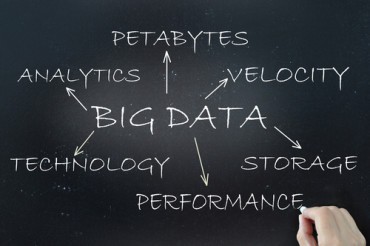
Should businesses use company-wide dashboards with key operational metrics for all employees to see?
For many companies, the gauge of their progress usually comes around once a quarter – or if a company is savvy with information, a little more often. Now, some forward-thinking organizations are looking to surface real-time metrics — and making it available to decision-makers at all levels.
In the process, people across these organizations suddenly develop an insatiable interest in the progress of their businesses — and are more driven to do something about it. That’s been the experience of David Kalt, a serial entrepreneur who is founder of Reverb.com, a marketplace for musical instruments and gear, and co-founder and former CEO of online broker optionsXpress. In a recent article in The Wall Street Journal, he describes how he makes real-time metrics to all his organization’s employees.
“From the day a new employee joins my team, he or she has 24/7 desktop access to exactly the same information I have — daily orders, revenue, new customers, user retention and more,” Kalt states. This information is provided via a dashboard that displays both current and historical corporate data.
In today’s enterprises, data matters, and companies increasingly compete on analytics. Much of the attention has been on marketing-related data, but operational data is key as well. A recent brief from ARC Advisory Group describes it as “real-time performance management,” which the consultancy defines as “a management practice that measures performance in real-time. These measures are used to adjust targets to exploit current market conditions and improve business agility.”
Real-time performance management solutions move decision-makers away from “dated accounting-based measurements,” and “provide an executive the tools to manage their business based on current, real-time conditions,” ARC says. “Using real-time information to drive actions empowers decision-makers at the time of greatest impact, i.e., when they make a decision.”
Kalt observes that real-time company-wide dashboards can “save time and increase focus” – helping to avoid the wasted costs and productivity associated with unnecessary meetings. “When everyone can see the data, employees at every level are empowered to take action and make meaningful changes in real time.”
Plus, with data constantly available to decision-makers at all levels, there’s potential to increase their engagement – and excitement. “Since making the decision to be open about my company’s performance metrics, I’ve experienced a noticeably more engaged and empowered team,” says Kalt. “Now when I’m obsessing over our metrics, I have others along for the ride.”
Related:





























